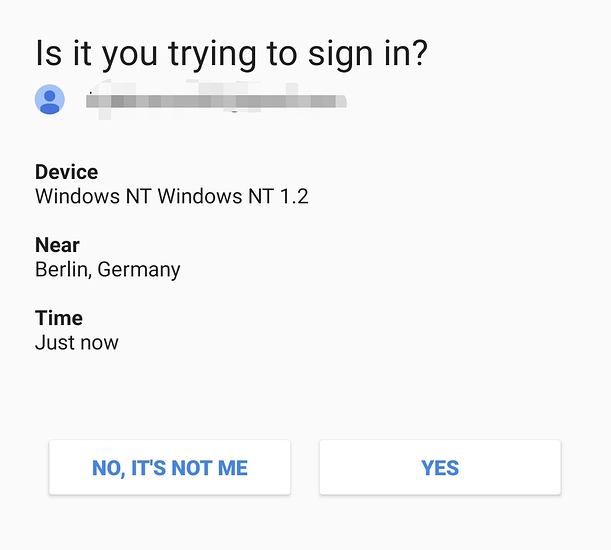I have this one at the one site I built from the ground up. Slightly expensive, but I’m happy with it.
If you get a moment you mind doing a thread on the pi and serial console machines?
Ok wrote this before finishing the read on this thread
Fine, if you insist D:
I’m assuming my boss never reached out to you?
Hmm I’ll have to kick him in the pants on Monday.
Check yer inbox
I c u. Brah
Are you moving from sysadmin to dev?
Sorta. All ready made the switch from sysadmin to DevOps. Still on the infrastructure side. Trying to stay DevOps but go on the dev side or go full dev.
Yes me too, I use it to log in to my bank and for registering to vote. Can’t trust computers in the US these days 
Ugh, I wish I could get mine up and running… Nice setup tho 
Hmm, I’m not “Cisco Certified”, but I have worked with these things a LOT. I don’t know the rationale you have for putting some switches in L2 mode. Perhaps you can explain that to me, it could be very educational… However, what I know about this based on a few hundred hours of trial and experimentation, in my experience, is it’s always desirable to do routing when you can or when your software doesn’t require L2 communication for things like local iSCSI communications, for example.
When you do things in L3, especially if you have L4 hardware, you can fine tune the communication protocols each one of your devices is allowed to ingress/egress with/on and specifically to which internal and external sub nets and endpoints they can communicate with using the approved protocol combinations. It’s like, totally the gravy! 
It is, in full disclosure, a very time consuming and often times frustrating process. But it is effective.
What’s more is, usually L3 and L4 managed devices have asics that have a fair amount of processing power. So when you tune each network, define which networks are allowed to speak with others internally and which layer 4 application protocols can inter communicate, you effectively enforce stricter controls on what items your server level processing hardware can work on, which can significantly increase your server capacity assuming your asics don’t bottleneck, themselves. Effectively you’re offloading “junk” to the asic to exclude which is not as easy, and sometimes impossible, to do at the L2 level. Inter Vlan routing internal to your home really kinda is “the business”.
A long time ago, in college, I configured a port in my own managed L3 device for one of my roommates for his Xbox (he was very patient with me while I was discovering all the in’s and outs of how these things work and endured numerous internet outages, lol :-/ ). The improvement in latency on his system was very noticeable, and resulted primarily from the elimination of the crosstalk from the other devices on the local network and partitioning of Msft service coming in to his own network.
I can’t figure this out. Why won’t the following section of a playbook notify the handler it’s calling.
- name: Give cinder User Access to cinder
mysql_user:
login_user: root
login_password: "{{ maria_db_pw }}"
name: cinder
password: "{{ users.cinder.password }}"
state: present
update_password: on_create
priv: "cinder.*:ALL"
notify:
- restart mariadb
Even when I delete the cinder user from the db and rerun it? It shows up that it’s “changed” (as it added the new user).
Any idea?
Jesus just lost another 5 hours fucking with GPO. Such a rabbit hole of playing God.
Not the kind of racks I had in mind but I’ll take it.
I have spent (an undignified amount of) time on GPO’s. lol. Is it sad that I enjoyed this? haha 
Okay folks, Ubuntu 19.10 beta is looking extremely solid
I’m doing a firmware update at the moment (initiated through the updates GUI and completely stable), but I’ve done a ZFS root install, and am having a poke around at how they’re doing things.
What happened to normie distros this year? It seems like everything is coming into place to provide a first-class experience.
Must be the whole “Ubuntu ditching Unity” thing. I guess they have tons more man hours they can devote to making a stable system.
